10 ways to beat airsickness in flight
Airsickness is a type of motion sickness caused by conflicting signals that the organs send to the brain. The eyes adjust to the lack of movement around and send a message to the brain that there is no movement. However, the vestibular apparatus senses the actual movement. Contradictory signals cause nausea and sometimes vomiting. Fortunately, there are some things that will help get rid of unpleasant symptoms.
1. Avoid junk food. Pay attention to what you eat at least 24 hours before your trip. Try not to eat fatty, highly spiced or salty foods.
Avoid foods that cause heartburn or reflux. The less you focus on your belly, the better.
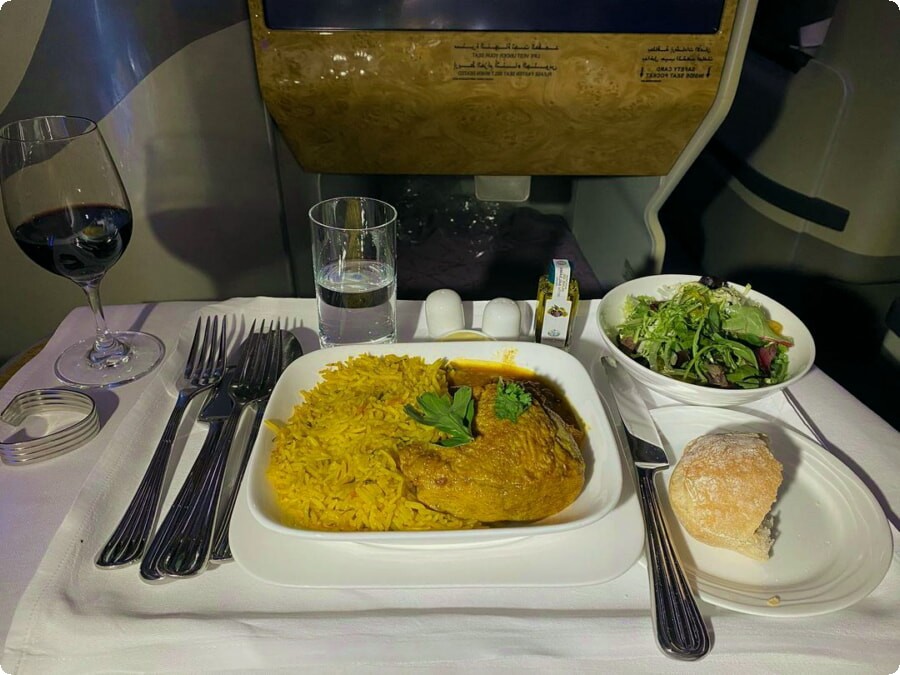
Try not to eat anything right before your flight, but don't board the plane with an empty stomach.
2. Limit your alcohol intake. Drinking alcohol before travel can cause airsickness in many people. Try to avoid alcohol and be sure to drink plenty of water.
3. Choose your seat carefully. In most cases, you can choose your seat when purchasing your plane ticket. Make sure that the place is above the wing and by the window.
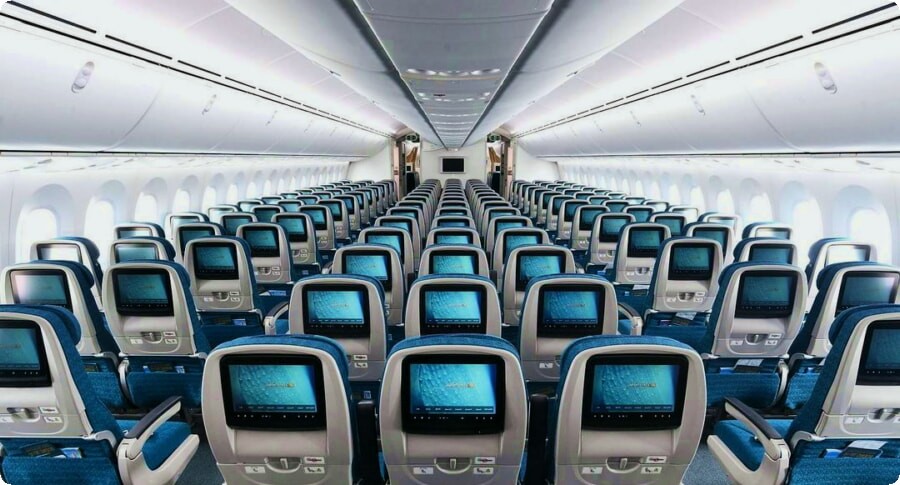
The seats above the wings will feel the least amount of movement during flight. Having a window seat will allow you to focus your eyes on the horizon or other stationary object in the distance.
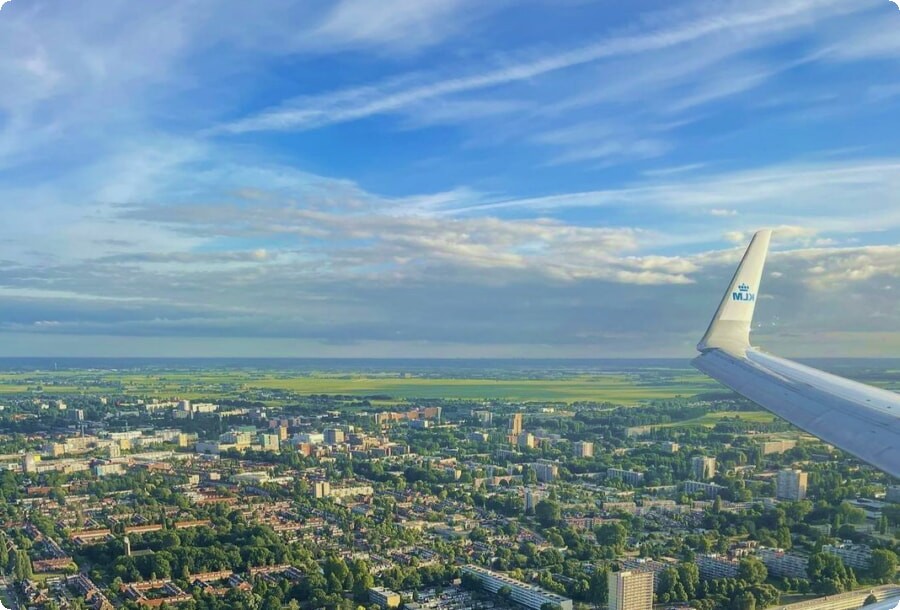
The front of the aircraft is another section that feels less movement while flying.
4. Sleep well before the flight. A well-rested brain at the start of a flight can help your body maintain a more relaxed state.
5. Use motion sickness medication. Prevention of airsickness is better than trying to treat it after symptoms appear. A doctor can help by prescribing medications used to prevent motion sickness.
6. Wear an acupressure bracelet or sniff ginger. While the evidence for the effectiveness of acupressure or ginger isn't entirely conclusive, some people find these options to be effective. The bracelet puts pressure on the wrist to stimulate acupressure points, which are believed to help control nausea and vomiting.
7. Avoid reading or playing on your phone. It is necessary to focus on something closer to the face, this worsens the confused signals entering the brain.
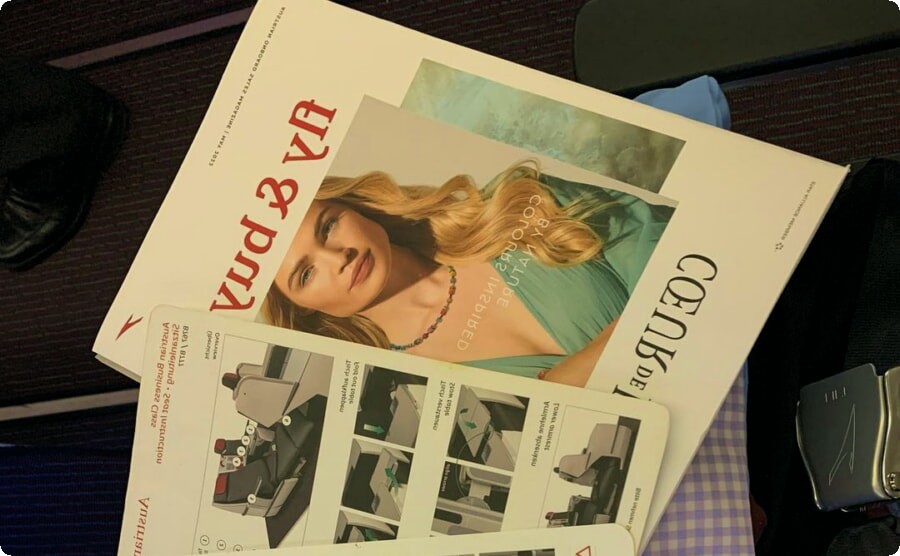
Try using headphones to listen to music, a recorded book, or an in-flight movie to help pass the time.
8. Adjust the vents. Make sure fresh air is blowing around your face. Breathing in the fresh, cool air will help you relax. Personal mini fans can also help keep the air cool.
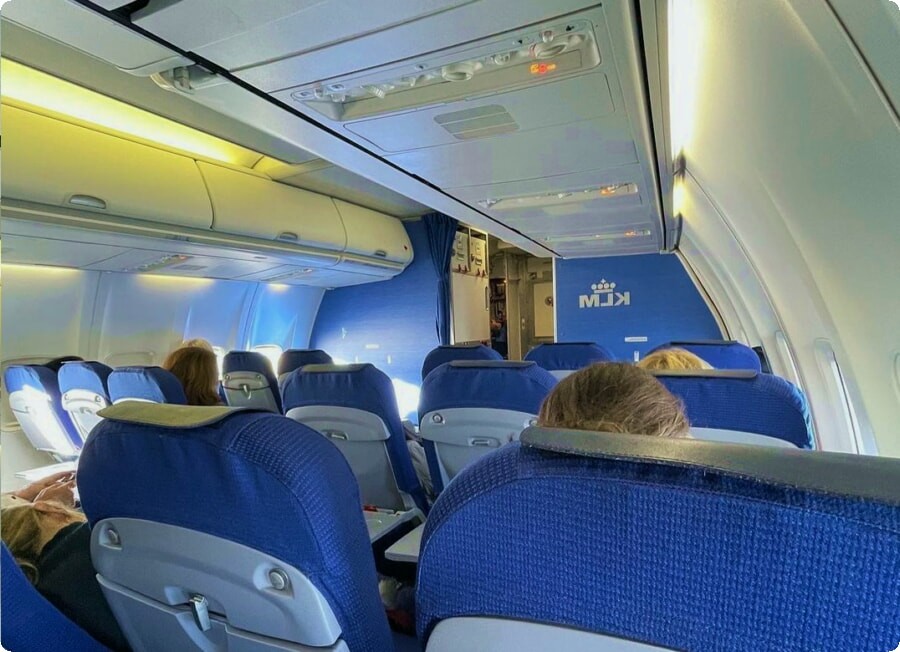
9. Using techniques that promote slower, deeper breathing helps to engage a part of the nervous system called the parasympathetic nervous system, which helps calm the situation.
10. Use the headrest on the seat. This can help you relax, but it will also help stabilize your head movements. Use a neck pillow if it makes you feel more comfortable.